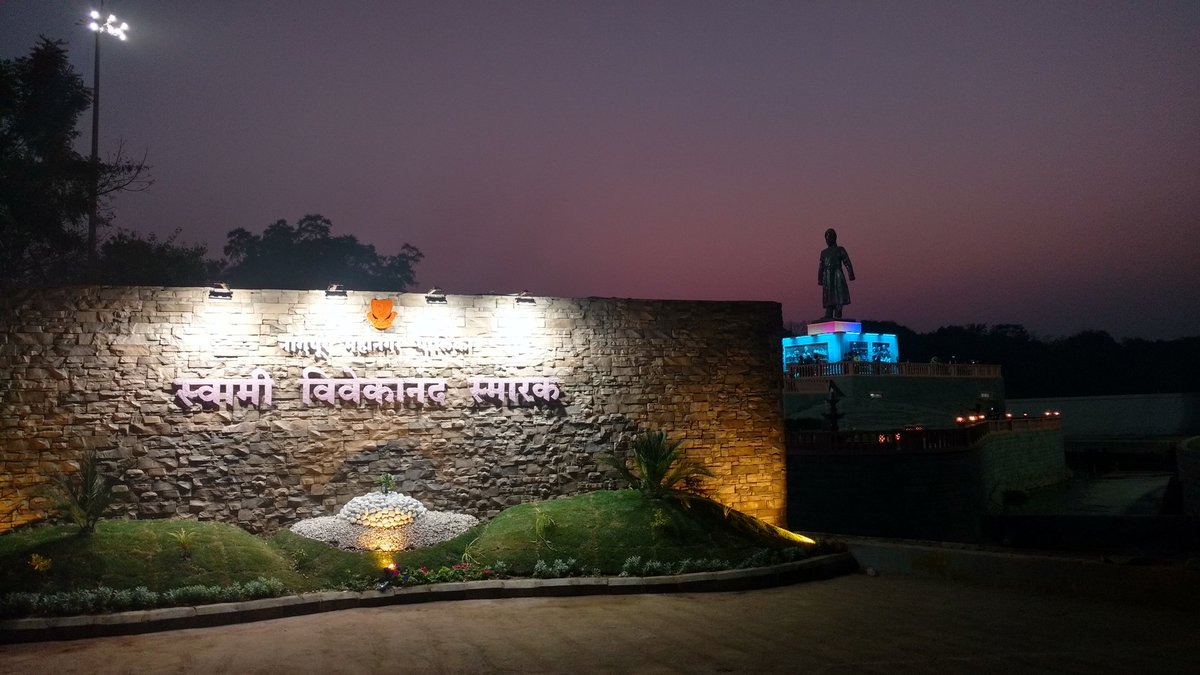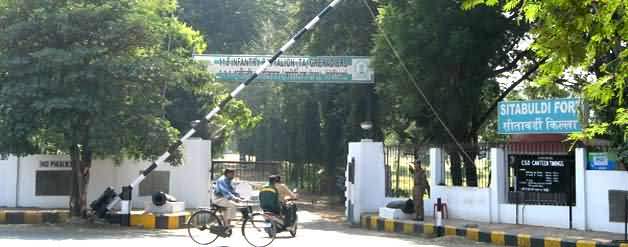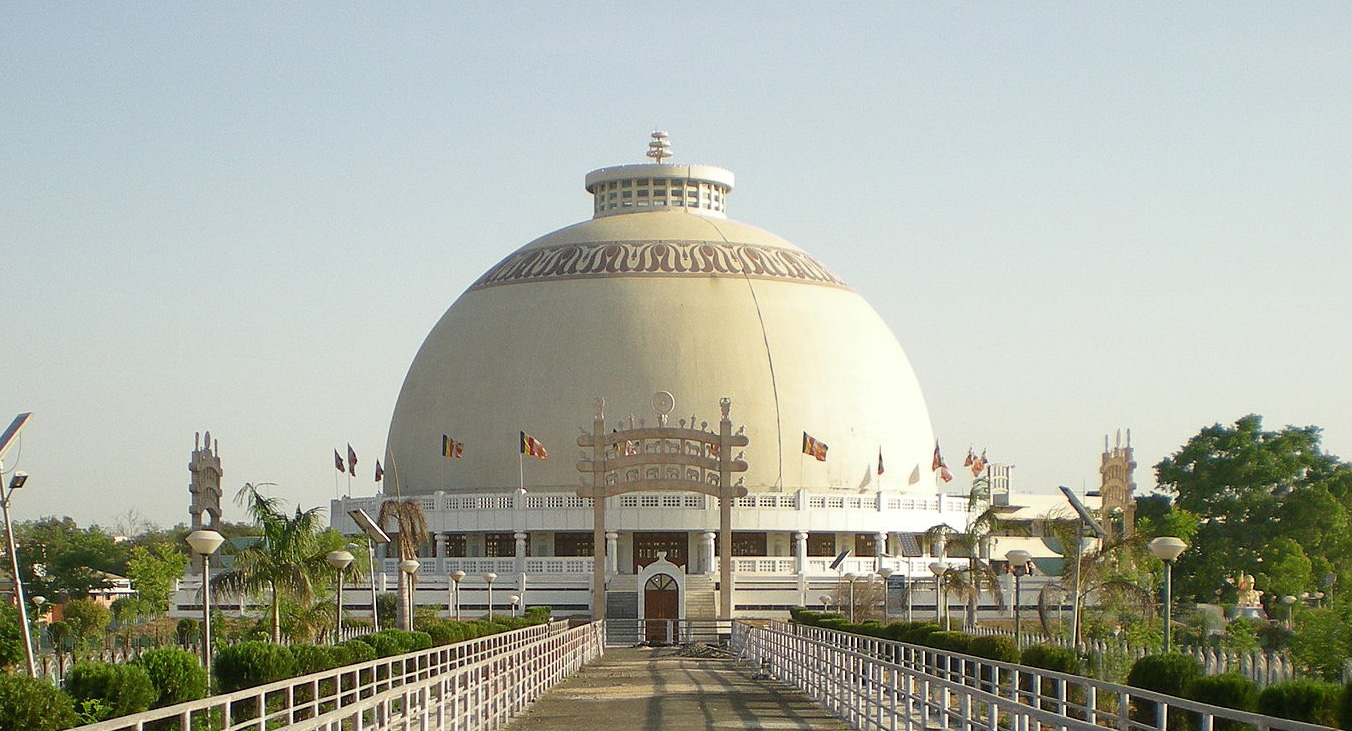
Nagpur limit encompass 17.56 Sq.Kms of land areas. Nagpur is a city in the central part of India and north eastern part of Maharashtra State. It is practically at geographical center of India. In fact, the Zero Mile Store of India is in this city. All major highways NH-7 (Varanasi – Kanyakumari) & NH-6 (Mumbai – Sambalpur – Calcutta) and major Railways Trunk Route(Mumbai, Chennai, Howrah, Delhi) pass through the city. Nagpur District is located between 21*45 N to 20* 30N and 78*15E to 79*45E which essentially indicates that Nagpur District is located in the Deccan Plateau. The adjoining Districts are Bhandara on the east, Chandrapur on the south, Amravati and Wardha on the West and in the north, shares the boundary with Mahya Pradesh State.
Nagpur is world famous for its Oranges and appropriately called as the Orange City. The cultivation of orange has brought indispensable glory to the region. The orange is cultivated in 80000 hectares area in Vidarbha Region with a total production of nearly 5 lakh tons. In Nagpur District, orange is cultivated in about 0,965 hectares. There is an interesting story, how the cultivation of orange in this region started. It was tested for the first time a s a Kitchen garden plant during the year 1896 by Late Shri Raghujiraje Bhonsle and observed as a successful venture. Since then, the cultivation attained momentum year after year.
The present city was founded in the early 18th century by Bhakt Buland, a Gond Prince of the Kingdom of Deogad in the Chhindwara District. Seeing the advantage of civilized life in Delhi, he started to build Nagpur as his new capital. His successor Chand Sultan continued the work. On Chand Sultan’s death in 1739, disputes regarding succession arose and Raghuji Bhonsle, the Maratha Governor of Berar, helped to restore the elder son to the throne. As the dissentions continued, Raghuji Bhonsle again intervened in 1743 and the control of Nagpur slowly passed on from the Gonds to the Marathas. In became the capital of the Bonsles. With the Bhonsle dynasty came the vast class of cultivators in Vidarbha, Raghuji’s successors lost some territories to the Peshwas of Pune and the Nizam of Hyderabad. In In 1803, Bhonsles (along with their allies Scindias [Shinde] of Gwalior) at Assaye and Argaon (Argaum). In 1811 Pindaris attacked Nagpur. Bhonsles again lost to the British in 1817 and Nagpur came under British influence. In 1853 Raghuji III died without an heir to his kingdom. As a result, the city lapsed into British control under Lord Dalhousie's Doctrine of Lapse. { This policy was one of the reasons which led to the Indian War of Independence [Sepoys' Mutiny : as referred to by the British] in 1857}.
In 1861, Nagpur became the capital of the Central Provinces. The advent of the Great Indian Peninsula Railway (GIP) in 1867 spurred its development as a trade centre. After Indian independence, Nagpur became the capital of Madhya Bharat state (C.P. and Berar). In 1960, the marathi majority Vidarbha region was merged with the new state of Maharashtra and Nagpur was designated the second capital of Maharashtra state, alternating with Bombay as the seat of the Maharashtra state legislature.
The climate of Nagpur follows a typical seasonal monsoon weather pattern. The peak temperature are usually reached in May – June and can be as high as 48C, The onset of monsoon is usually from July and the season extends upto September, with monsoon peaking during July and August. After monsoon, the average temperature varies between 27C and approx. 6 to 7C right through December – January.

A newly constructed Swami Vivekananda memorial added a new feather in the Orange City ‘s places to visit. An island made by the Nagpur Municipal Corporation (NMC) on lines of prominent Swami Vivekanand Kendra at Kanyakumari, at overflow point Ambazari Lake. Also, it is the Origin of Nag River and emerging as a new Sunset point of the city. Now Nagpur has a new attraction for the outside visitors as well as for city people.

Ambazari is a famous lake and spread over an area of 15.4 Kms. on the western outskirts of the city. It is surrounded by a picturesque garden. Boating facilities are available.

A visit to Nagpur is not complete without a visit to this important landmark of Sitabuldi Fort, nestled on the Twin Mountains and situated in the heart of the city. In the year 1857, a British Officer built this fort.

Diksha Bhoomi is one of the most important religious place for the Buddhists and Neo Budhists. It is situated in the heart of the city on a very big ground with structure of stupa built on it. It is at this place, Dr.B.R. Ambedkar embraced Buddhism in 1956 and converted more than five lakhs of his followers to Buddhism on Vijaya Dashami day.
To explore more exciting places near Nagpur please visit Maharashtra Tourism Development Corporation's official site.
Best Viewed in 1366 x 1024 resolution